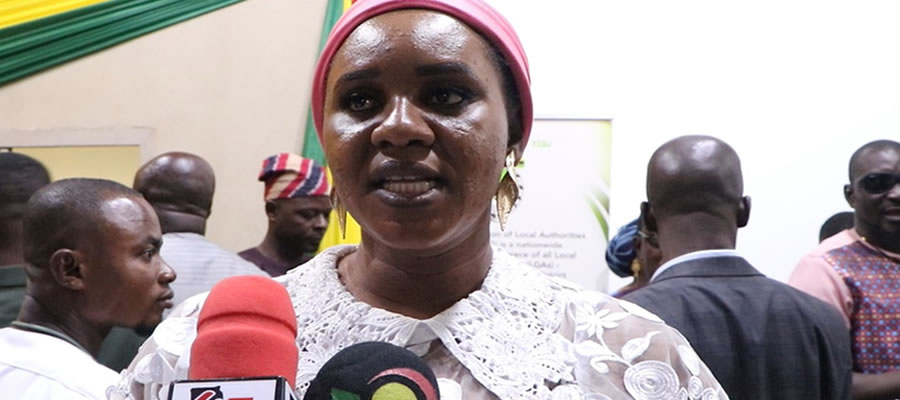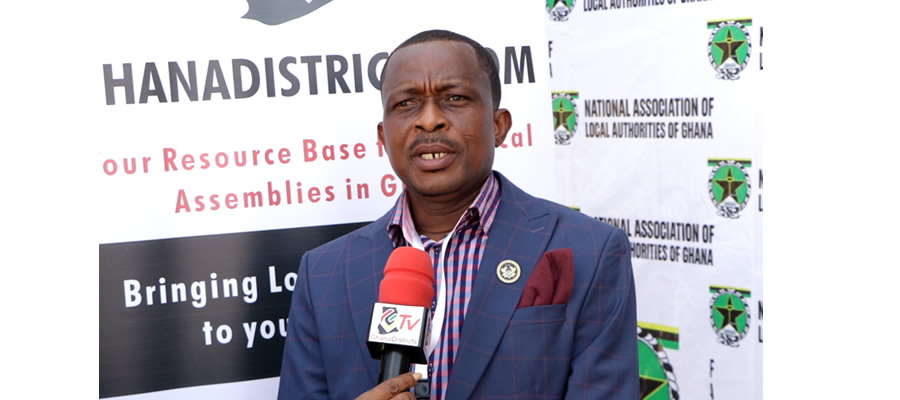

Potable Water Access
Increasing access to potable water is key to achieving health outcomes and sustained poverty reduction. Strategies for providing safe water will focus on improving access in rural and hard-to-reach poor areas. The emphasis will be on the following:
i. Safe liquid and solid water Management.
ii. Capacity building for Environmental Health Workers.
iii. Effective Management of both urban and rural system.
iv. Solid waste disposal practices are similar in almost all the Municipality. About 88.7(%) percent.
v. Dump their refuse openly at either temporary or permanent sanitary sites. These sanitary sites are occasionally cleaned by the communities. With regard to potable water supply, 54.0 percent or rural and urban communities have access respectively. The percentage of population in the rural.
vi. Area having access to potable water is low, when compared to the national figure of 57.0 percent.
vii. District figure of 65.5 percent is relatively higher than that of the nation. About 100 communities.
viii. Have been provided with good drinking water.
ix. The Municipality generally has good coverage of potable water which stands at about 78.12.
x. Percent as compared to the national and regional coverage of 57.14 percent. And 53.51 percent respectively (CWSA)
xi. Water /Sanitary Facilities Provision and Management.
There are about 239 boreholes in the Municipality. Out of these, 127 are functional, 57 suboptimally functional and 55 not functioning, hand dug well (HDW) is1 and small town water pipe system (STWPS) are 6. Household Sanitary facilities (VIP 1830) and public ones (KVIP – 9) have been provided under period review.
The table below is provision of water and sanitation facilities by area council.
Solid Waste Disposal
The most common outlet of solid waste disposal in the Municipality is Public dumps in open space (68.5%). Out of this figure, 28 percent is urban, whiles 85.7 percent constitute the rural. Dumping of solid waste in public containers is most common in the urban areas constituting 59 percent for urban but only three percent rural. Out of these methods of solid waste disposal, the proportion of households who resort to public dumping in the open is higher in the rural (85.7%) than in the urban (28%) areas. However, in the urban areas, getting sites for final disposal of solid waste is a major challenge.
Liquid Waste Disposal The most commonly used methods of disposing liquid waste in the Municipality are thrown on to the street/outside (56.5%), thrown on to compound (38.9%) and thrown into in the gutter (2.3%). However, for rural- urban distribution, 60.7 percent of urban throw their liquid waste on to the street/outside, whereas 54.8 percent of the rural households use this method. However, less than one percent of both urban and rural households dump their liquid waste through the sewerage system.
Drainage System Most communities in the Municipality, even including the Municipal capital, do not have any proper drainage system. The inadequacy of proper drains has led to the accumulation of stagnant water with offensive smells in and around residential areas. Drains along mains roads are choked with filth giving rise to mosquito breeding especially during the rainy season
Challenges:
The provision and management of potable water and sanitation has not been an easy task to the Assembly. The Assembly is currently faced with a number of challenges in performing its task. They include the following:
i. Inadequate logistics, transport and remuneration for office and field staff.
ii. The boreholes breakdown constantly as a result of excessive pressure.
iii. Inadequate logistics (High cost of spare parts).
iv. Inability on the part of community members to raise enough money for replacement and general maintenance.
v. Limited training for Watsan/Boards members, resulting poor management of facilities.
vi. Lack of actionable road map for scaling-up CLTS at District level.
vii. Lack of technical support to HH to build of improved facilities.
viii. In ability to effectively monitor environmental sanitation due to the unavailability of accurate and timely data on sanitation.
ix. Unavailability of final disposal site for liquid waste.
Date Created : 6/15/2023 12:00:00 AM












 facebook
facebook
 twitter
twitter
 Youtube
Youtube
 +233 593 831 280
+233 593 831 280 0800 430 430
0800 430 430 GPS: GE-231-4383
GPS: GE-231-4383 info@ghanadistricts.com
info@ghanadistricts.com Box GP1044, Accra, Ghana
Box GP1044, Accra, Ghana